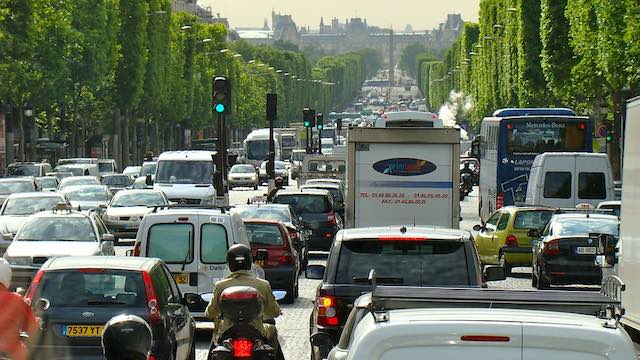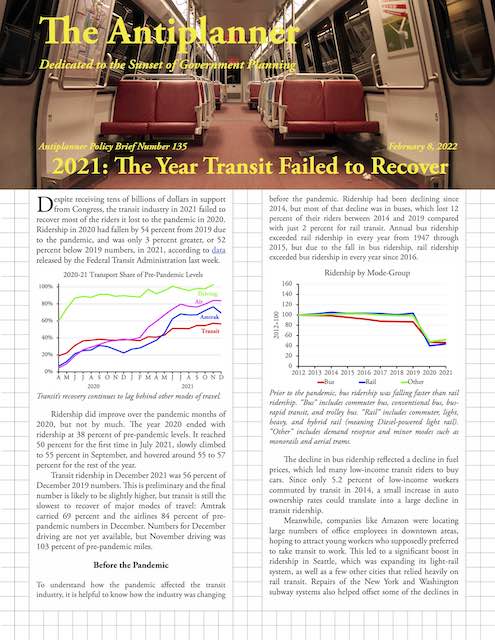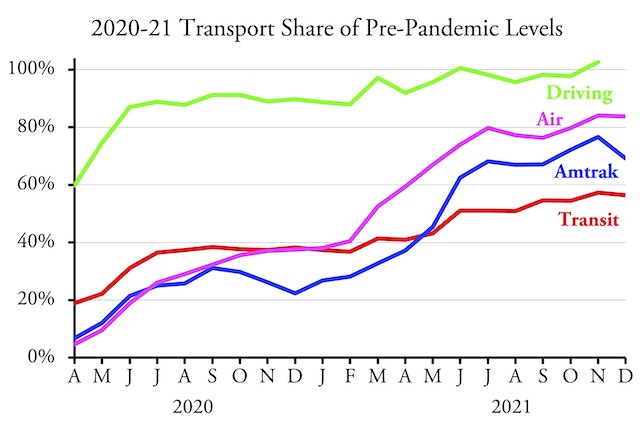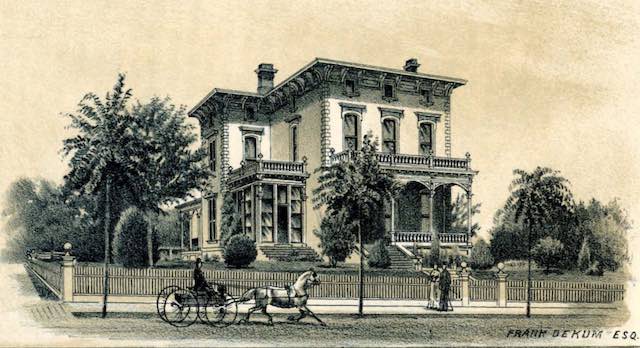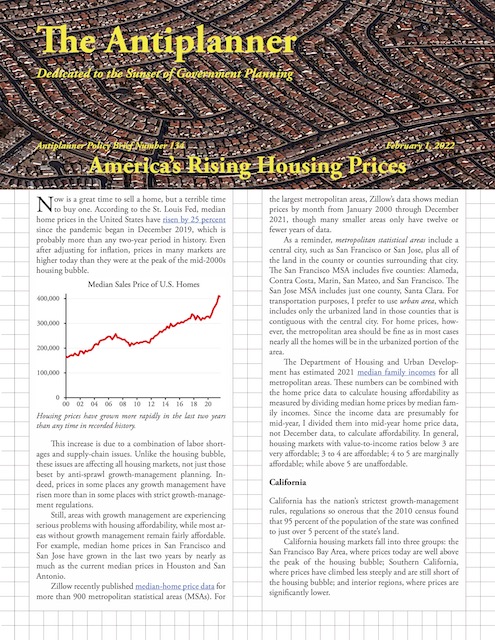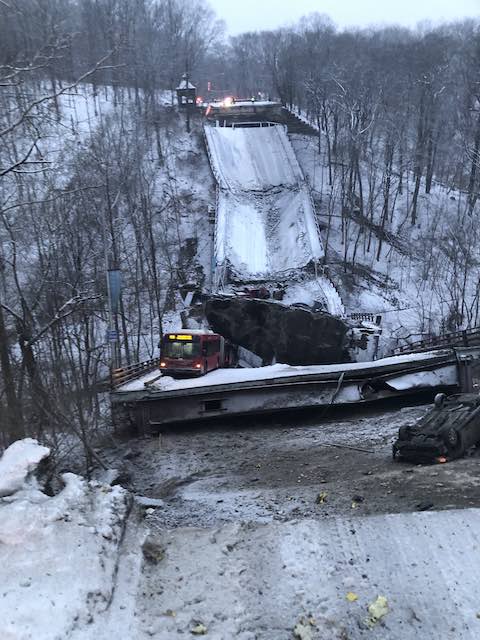The latest business plan for the California high-speed rail boondoggle estimates costs will be about $5 billion more than the last one, which were already 150 percent higher than the estimates in effect when voters approved the project in 2008. As noted in an AP news report, the latest estimates indicate that “it could take $105 billion to finish the route.”
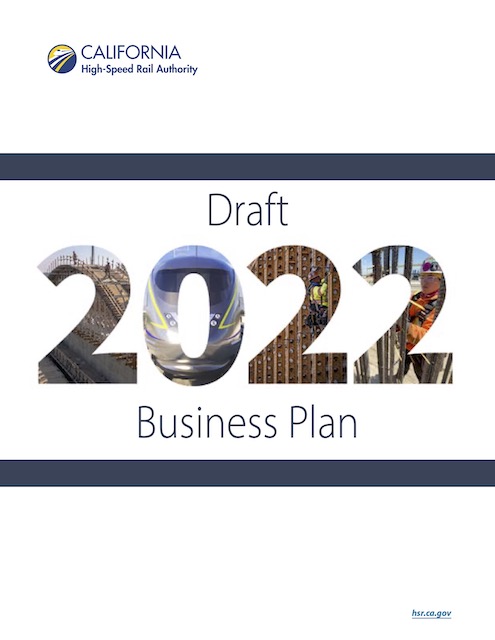 Click image to download the plan.
Click image to download the plan.
Note the word “could.” The state report is actually estimating the cost will be $86.7 billion to $88.2 billion, but admits it could go as high as $105 billion. The previous (2020) plan projected the final cost would be $82.4 billion to $83.6 billion, with an upper limit of $99.9 billion. So the high-speed rail authority has basically added about $5 billion to all of the estimates. Continue reading

